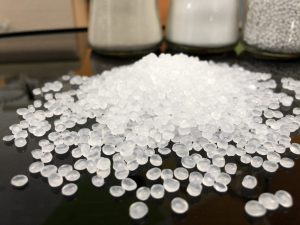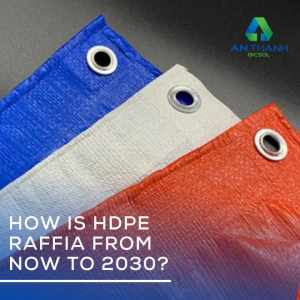As a result of Beijing’s stern restrictions to stem the spread of COVID-19, surplus import availability from China has been keeping Indian PP and PE markets bearish, which would likely continue at least for the next couple of months as the monsoon sets in.
Traders also said the bearish trend was also being sustained by the falling value of the Indian currency, the rupee, against the US dollar.
Monsoon shortly ahead depresses markets
Polymer markets, especially PE, PP and PVC, traditionally enter a low-demand season once the annual monsoon rains reach the country around early June.
According to the latest weather reports, the Southwest monsoon, considered a lifeline of India’s agrarian economy, is likely to bring the first showers to India’s southern coast by May 27, five days earlier than the normal onset date.
May and June shipments of Chinese-origin polyolefins continued to be offered to South Asian destinations as there were ample exportable surpluses in China, with the COVID situation there keeping major cities in the country under lockdowns. While COVID numbers in China have fallen from the mid-April levels, traders said authorities in Chinese cities were adopting a cautious policy with regard to the easing of lockdowns, keeping domestic requirements low.
Indian import requirements were low, however, as the monsoon looms large.
Buyers stay away despite low prices
LDPE prices are being quoted in the mid-$1600s/ton CIF, from $1680-1690/ton in end-April, but traders said prices were likely to fall further.
Import prices were mostly in the low-to-mid-$1400s/ton for HDPE and LLDPE film, around the same levels as late last month. “HD and LL prices have held up mostly as a result of turnarounds in Indian PE plants. At least one of the turnarounds expected to end by the end of April has continued and the plant is now slated to be on stream in a couple of weeks,” a Mumbai-based trader said. Once all the plants are back on stream, we may find HD and LL starting to feel some bearish pressure,” he added.
“Chinese PP raffia is currently being quoted at as low as $1200/ton FOB for exports to different destinations, which would mean levels much below $1400/ton CIF India,” an official from an Indian public sector company said.
“But given the monsoon season is around the corner, we think there are unlikely to be too many buyers at even those levels. In a couple of weeks, we may see prices diving from the current levels as the monsoon rains start,” he added.
Rupee depreciation hits imports
Meanwhile, the Indian rupee depreciated 14 paise to 77.69 against the US dollar in the opening trade on Tuesday tracking persistent foreign fund outflows and elevated global crude oil prices. In the previous session, the rupee had settled at an all-time low of 77.55 against the US currency. Foreign exchange traders see the currency breaching the 80 per dollar mark in the near term.
Indian PP traders said some buyers were ignoring import offers as local prices were more competitive than imports. “The strong dollar has made import costs even more prohibitive for buyers. This means sellers have to offer more discounts in order to strike deals,” a trader with a major domestic producer said.
(Source: chemorbis)








